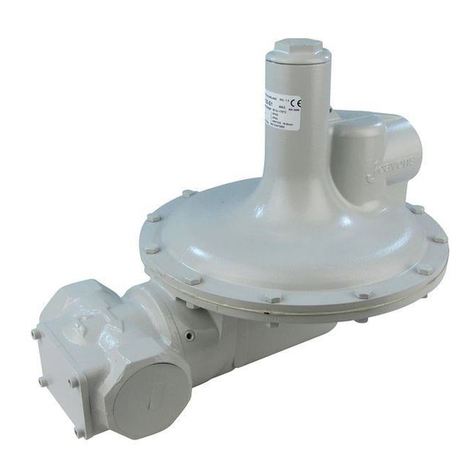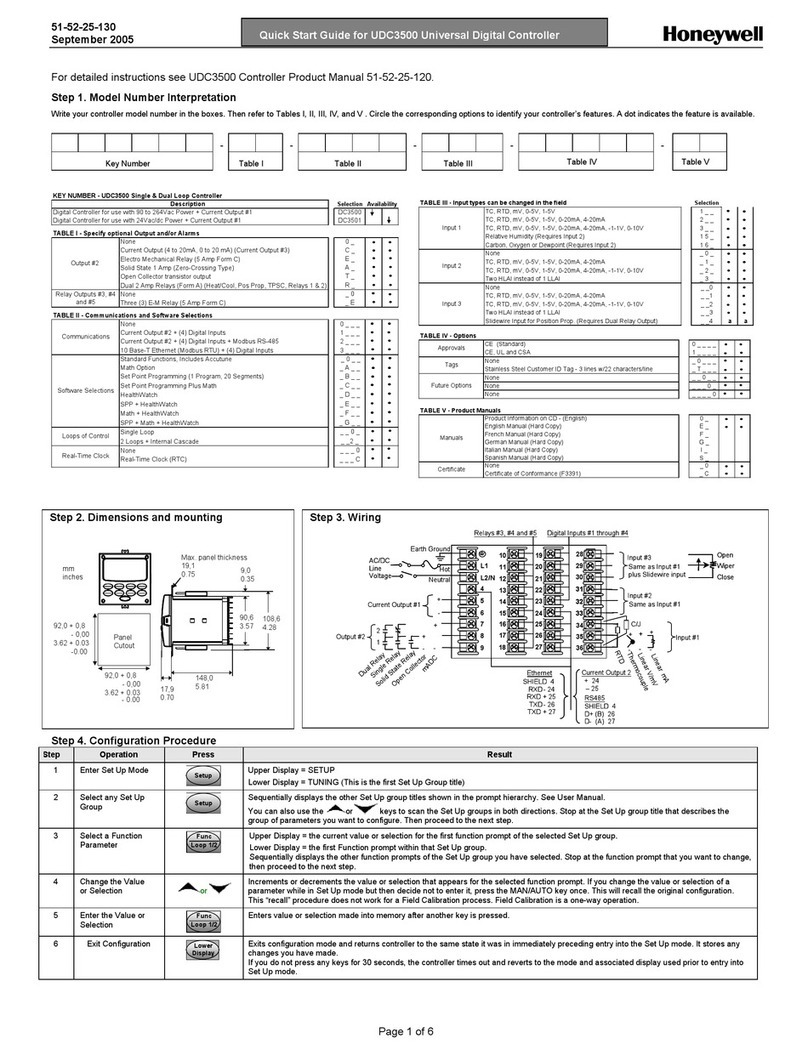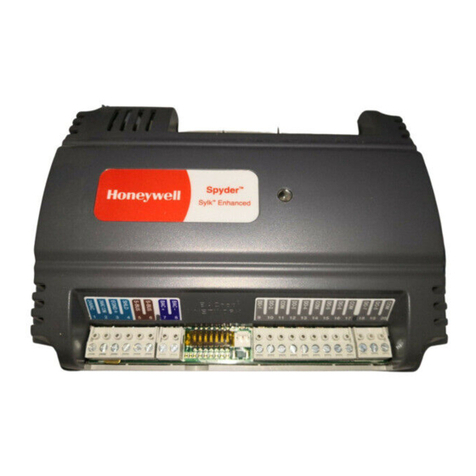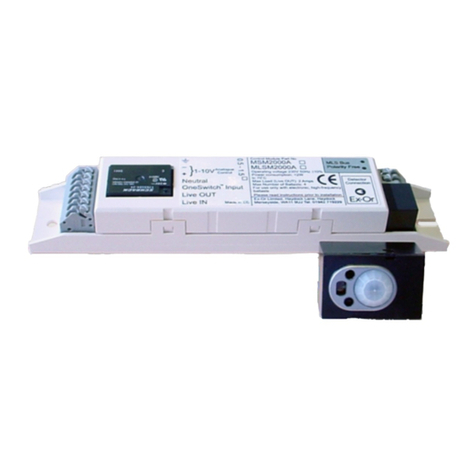Honeywell ML8824 Series Operator's manual
Other Honeywell Controllers manuals
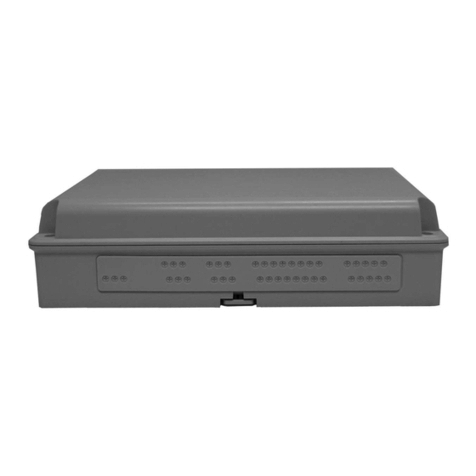
Honeywell
Honeywell Tema-Voyager Multi VMC Series User manual
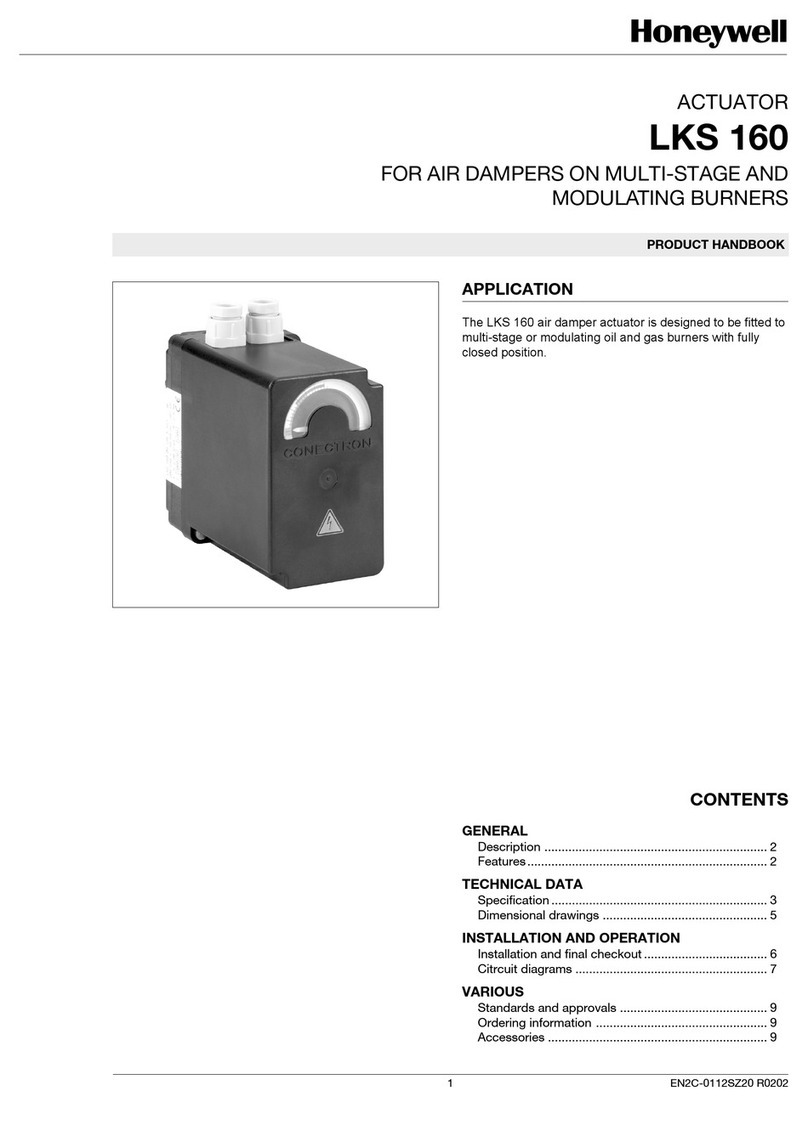
Honeywell
Honeywell LKS 160 User manual
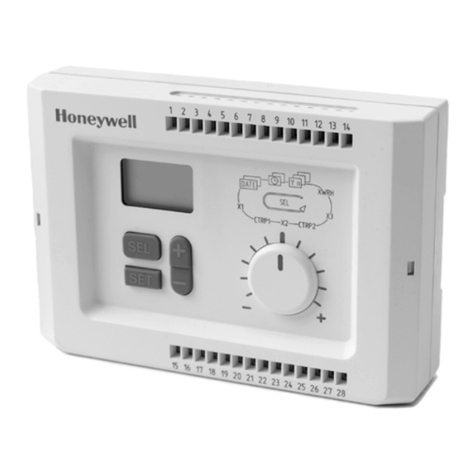
Honeywell
Honeywell R7426A User manual
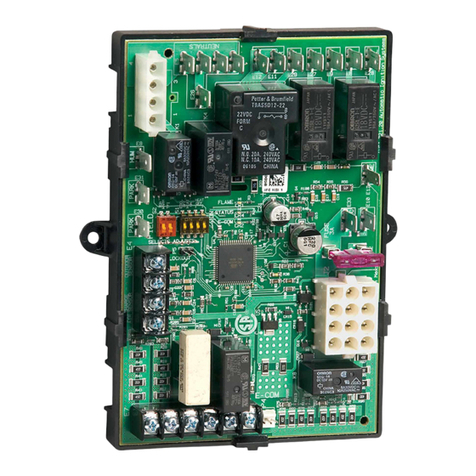
Honeywell
Honeywell S9200U1000 User manual
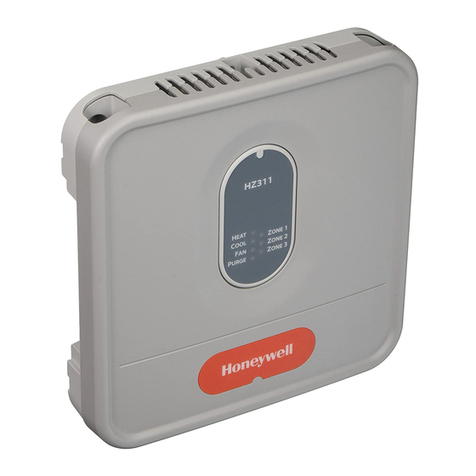
Honeywell
Honeywell TrueZONE HZ311 User manual
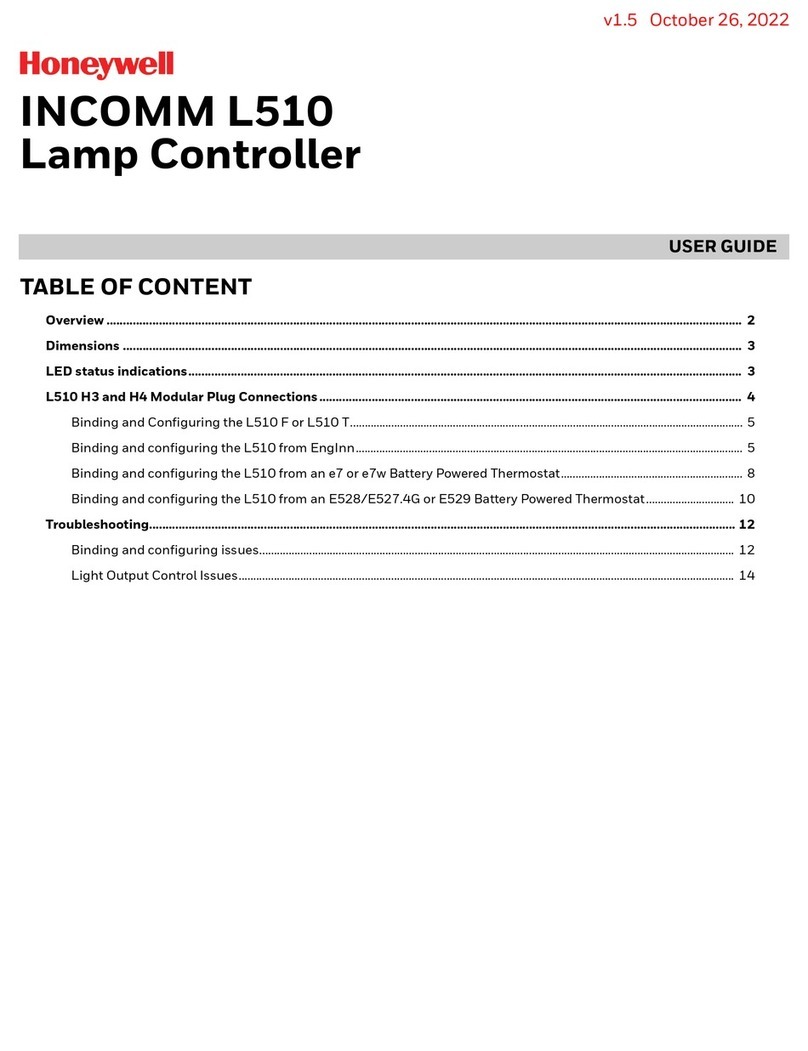
Honeywell
Honeywell INCOMM L510 User manual
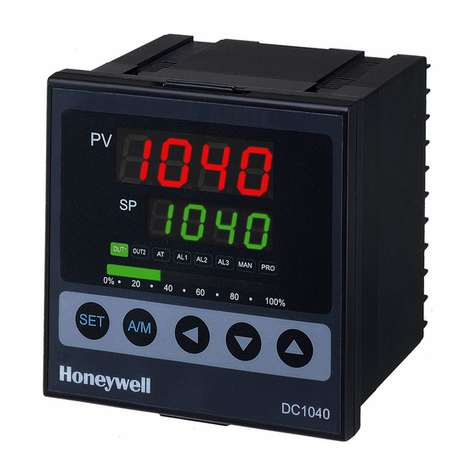
Honeywell
Honeywell DC1000 SERIES User manual
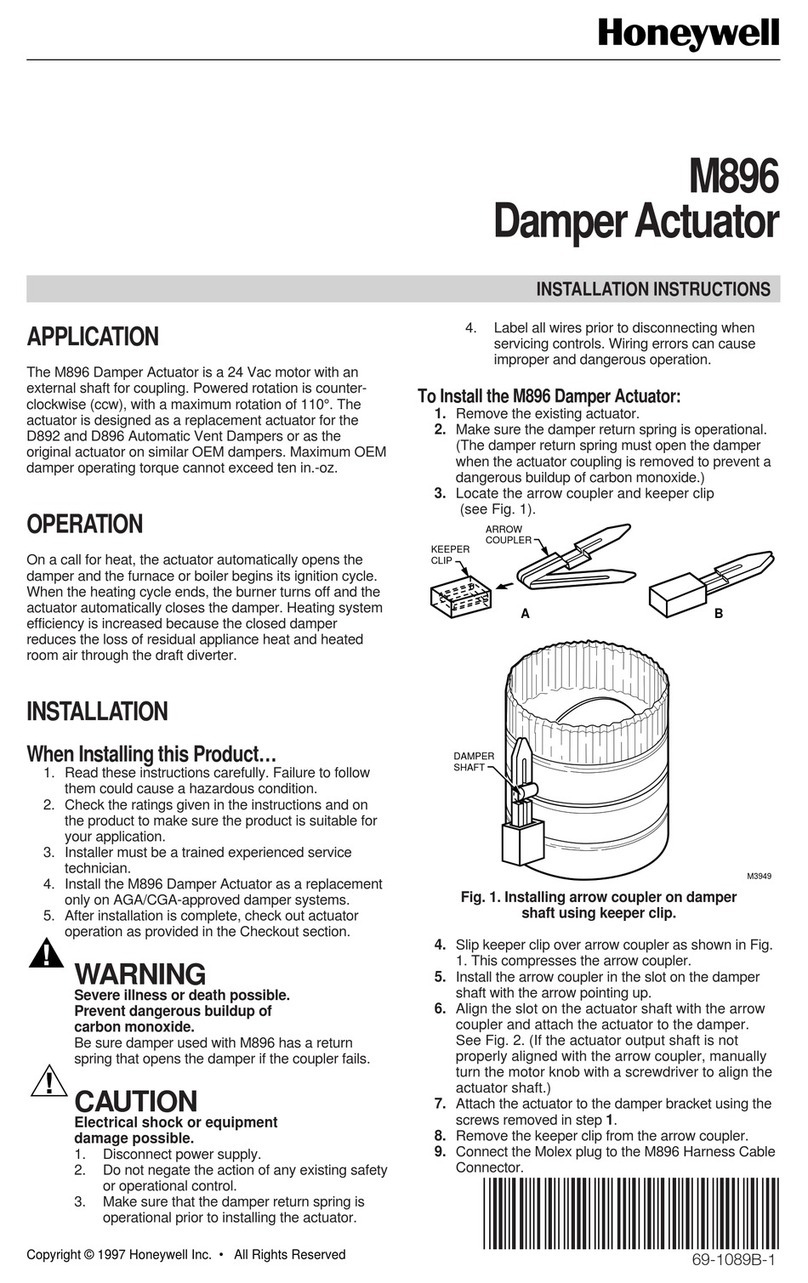
Honeywell
Honeywell M896 User manual

Honeywell
Honeywell Pressuretrol P7810A Operation manual
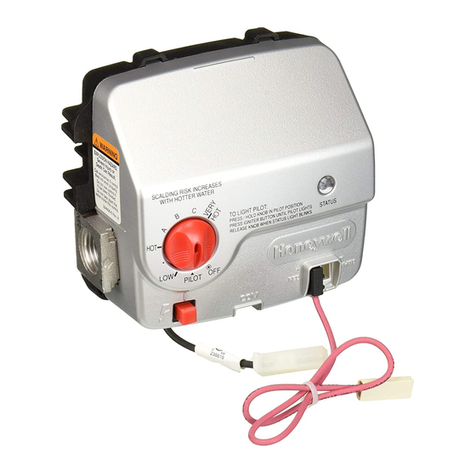
Honeywell
Honeywell WV8840A User manual
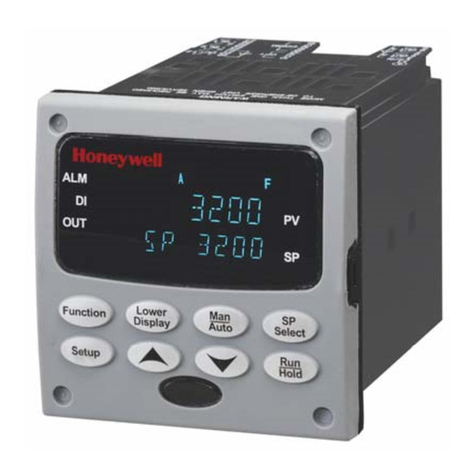
Honeywell
Honeywell UDC3200 series User manual
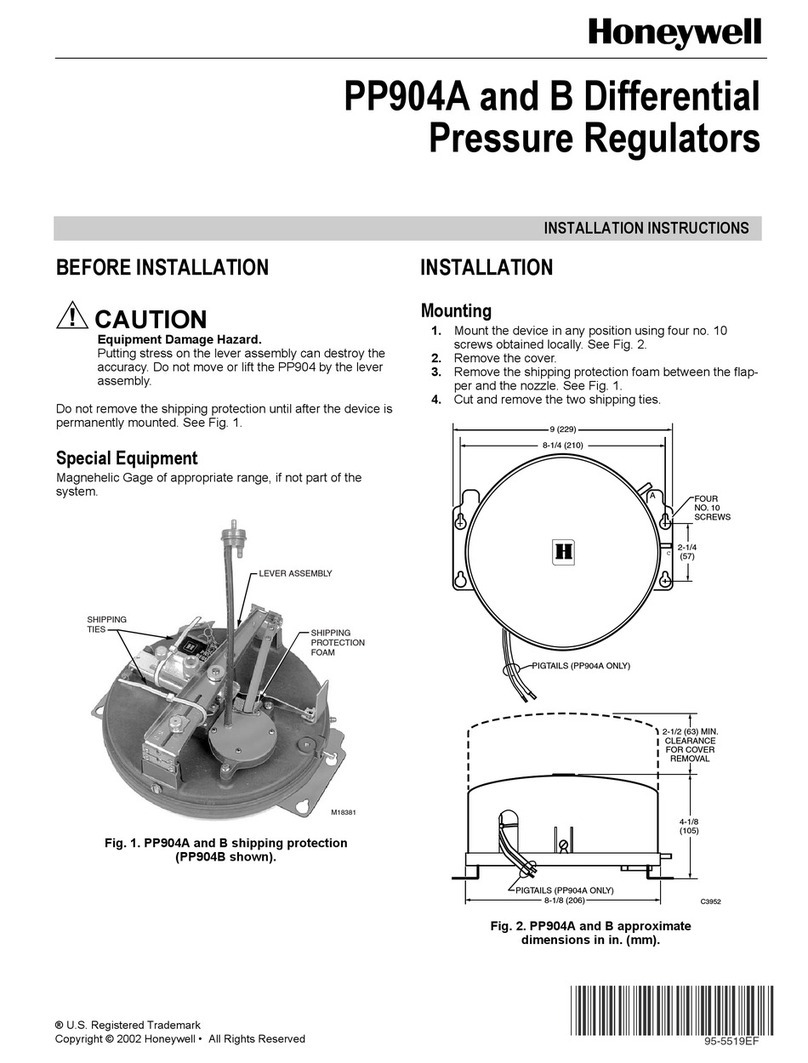
Honeywell
Honeywell PP904A User manual
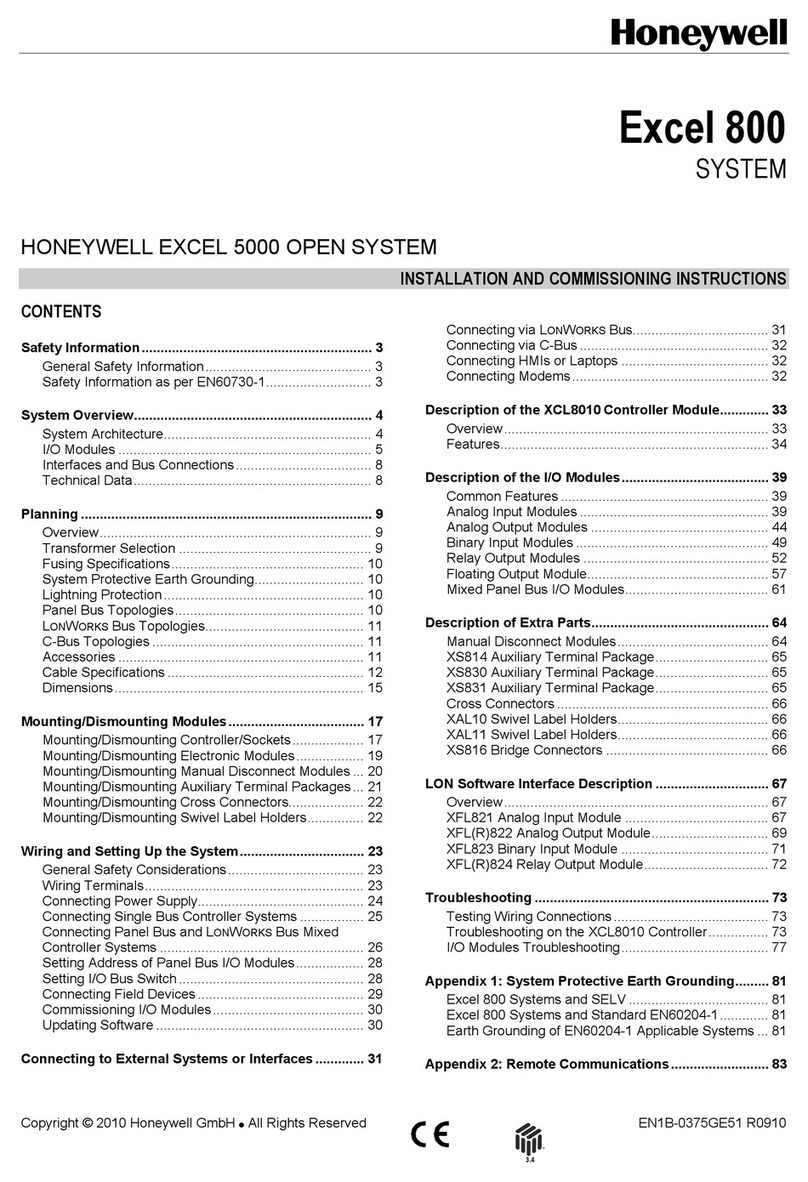
Honeywell
Honeywell Excel 800 Installation and operation manual

Honeywell
Honeywell UDC3300 User manual
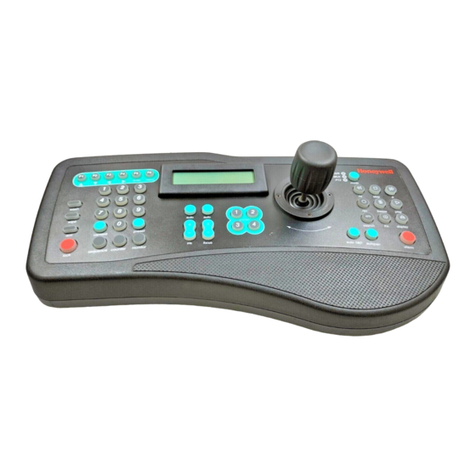
Honeywell
Honeywell HJZTP User manual

Honeywell
Honeywell M7410A Operation manual
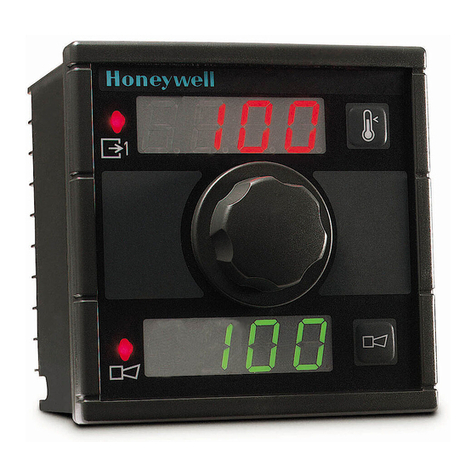
Honeywell
Honeywell UDC100 User manual

Honeywell
Honeywell HA71 User manual
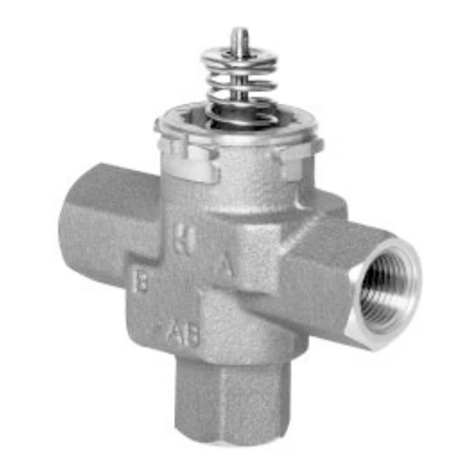
Honeywell
Honeywell VCA Series User manual

Honeywell
Honeywell Unipoint 2306B1000 User manual
Popular Controllers manuals by other brands

Digiplex
Digiplex DGP-848 Programming guide

YASKAWA
YASKAWA SGM series user manual

Sinope
Sinope Calypso RM3500ZB installation guide

Isimet
Isimet DLA Series Style 2 Installation, Operations, Start-up and Maintenance Instructions

LSIS
LSIS sv-ip5a user manual

Airflow
Airflow Uno hab Installation and operating instructions
